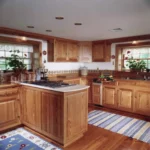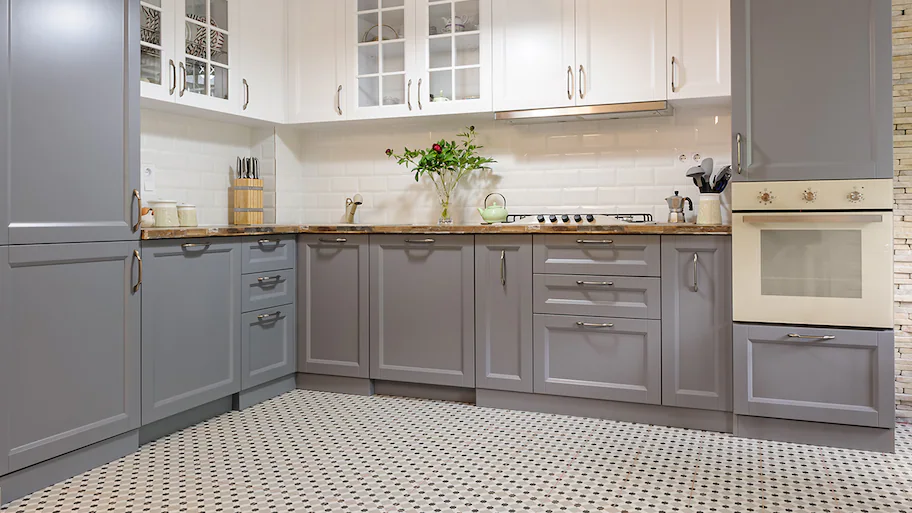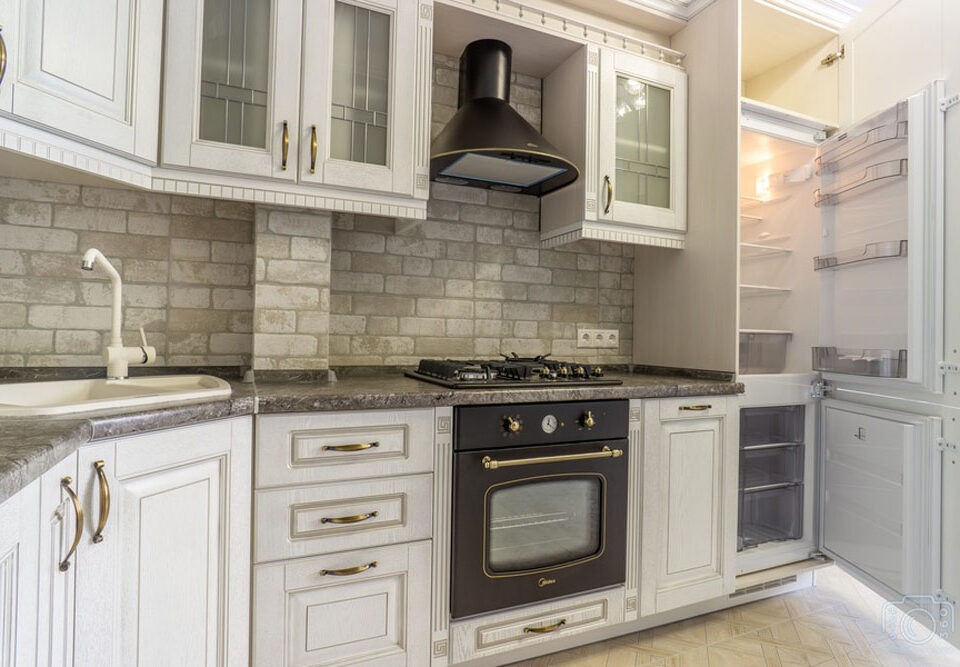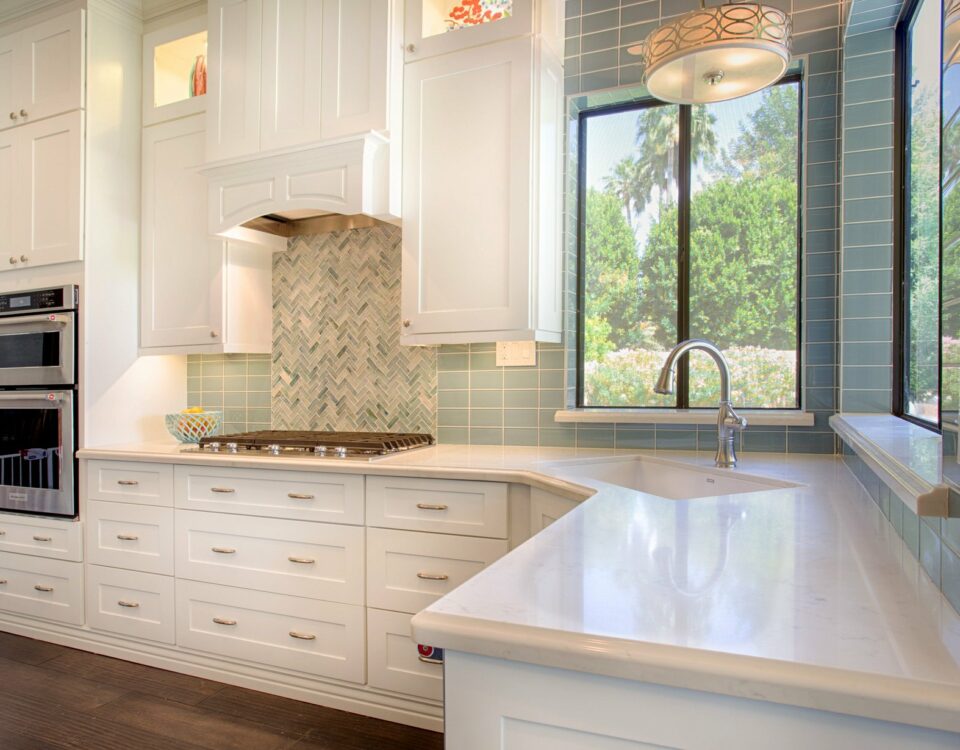
Exploring the Craftsmanship of a Cabinet Maker
November 17, 2023
Cabinet Maker: Masters of Fine Craftsmanship
December 19, 2023The craft of cabinet maker is an intricate blend of artistry, precision, and skilled craftsmanship. This age-old profession has evolved over centuries, yet it remains rooted in the timeless traditions that define its unique character. In this exploration, we will delve into the world of cabinet makers, uncovering the meticulous processes and creative nuances that go into crafting exceptional pieces of furniture.
The Rich History of Cabinet Making
Cabinet making, as a form of skilled woodworking, has a rich and varied history. From the ornate designs of the Renaissance to the streamlined styles of modern minimalism, cabinet making has reflected the artistic and cultural trends of each era.
Evolution of the Craft
Initially, cabinet making was primarily focused on functionality. However, over time, it grew into an art form, with master cabinet makers creating pieces that were both utilitarian and aesthetically pleasing. The Renaissance and Baroque periods, in particular, saw a surge in beautifully crafted, ornate furniture, which were as much status symbols as functional items.
Legacy of Cabinet Maker
The legacy of traditional cabinet making continues to influence contemporary designs. Today’s cabinet makers often draw inspiration from historical styles, adapting them to suit modern tastes and needs.
Modern Cabinet Making Techniques
While the essence of cabinet making remains unchanged, modern technology and tools have introduced new techniques and efficiencies into the craft.
Innovations in Cabinet Maker
The use of Computer-Aided Design (CAD) and Computer Numerical Control (CNC) machines has revolutionized cabinet making. These tools allow for precise cuts, intricate designs, and consistency in production, enabling cabinet makers to push the boundaries of traditional woodworking.
The Art of Personalization
One of the hallmarks of modern cabinet making is personalization. Cabinet makers today work closely with clients to create custom pieces that reflect their personal style and fit perfectly into their homes. This level of customization ensures that each piece of furniture is not only functional but also a unique work of art.
The Process of Cabinet Maker
The creation of a cabinet is a detailed and labor-intensive process that requires skill, patience, and an eye for detail.
From Design to Reality
The process begins with a detailed design, taking into account the client’s needs, the intended use of the piece, and the space where it will be placed. Cabinet makers consider various factors, including materials, finishes, and hardware, to ensure that the final product is both beautiful and functional.
Skilled Craftsmanship in Action
The heart of cabinet making lies in the craftsmanship. Cabinet makers use a variety of tools, from traditional hand tools to advanced machinery, to shape, assemble, and finish each piece. This stage requires precision and attention to detail to ensure that each joint is perfect and every surface is smooth and flawless.
The Future of Cabinet Maker
As we look towards the future, the cabinet making profession continues to evolve, embracing new materials, techniques, and design trends.
Sustainability in Cabinet Maker
An increasing focus on sustainability is driving cabinet makers to use eco-friendly materials and practices. This includes sourcing sustainable timber, using non-toxic finishes, and implementing waste-reduction measures in the workshop.
Embracing New Design Trends
Contemporary cabinet makers are also adapting to changing interior design trends. This includes incorporating modern design elements, such as minimalist lines and innovative storage solutions, to meet the evolving preferences of clients.
The world of cabinet maker is a fascinating blend of history, art, and skill. Cabinet makers, with their dedication to quality and craftsmanship, continue to produce pieces that are not only functional but also beautiful works of art. As they blend traditional techniques with modern innovations, they ensure that this age-old craft remains as relevant and cherished today as it was in the past.




